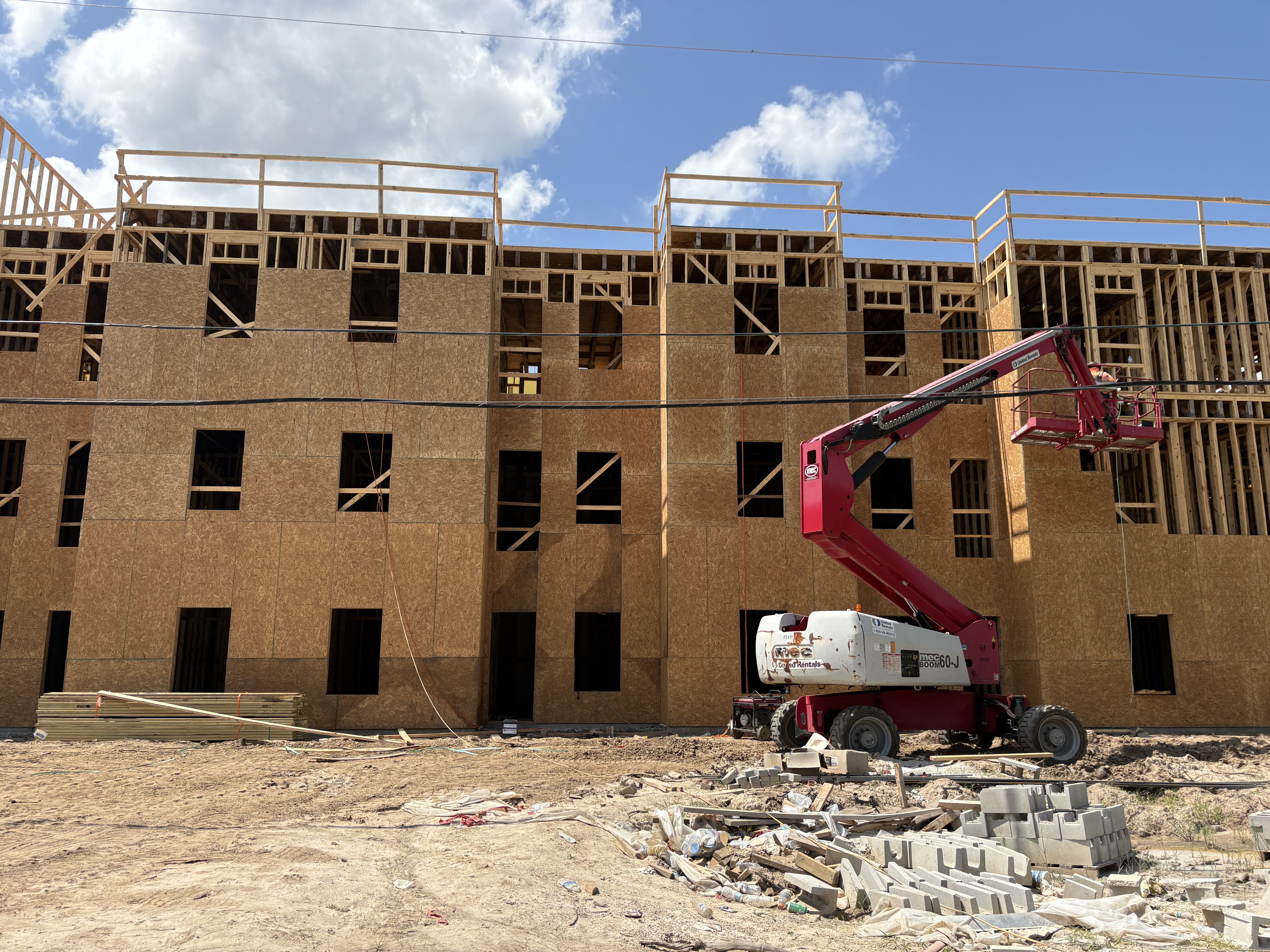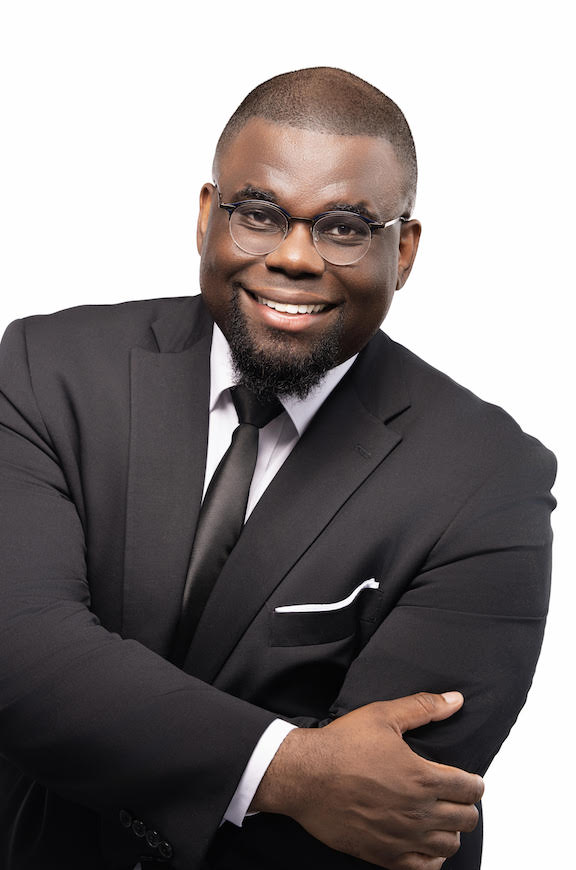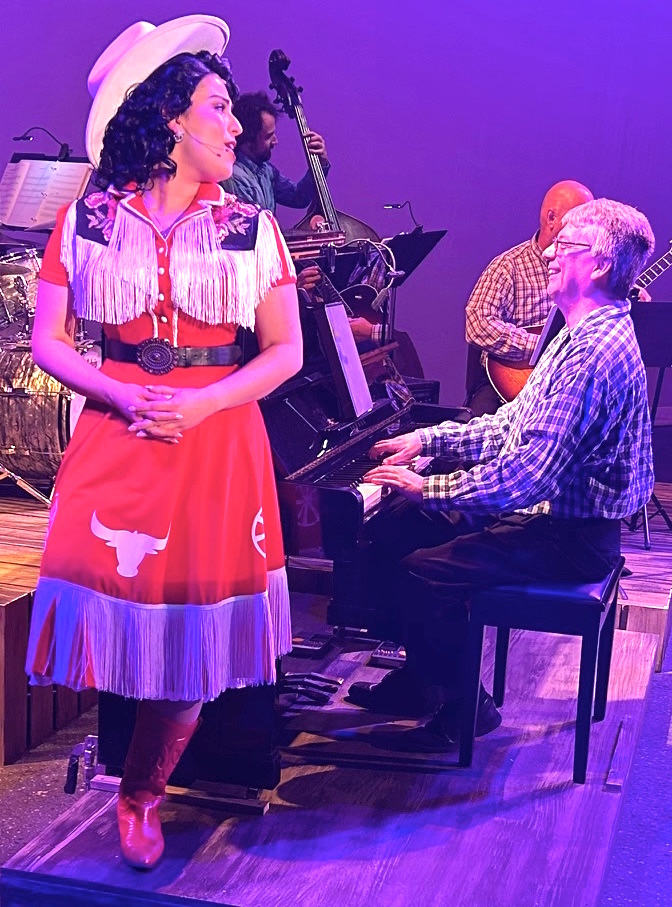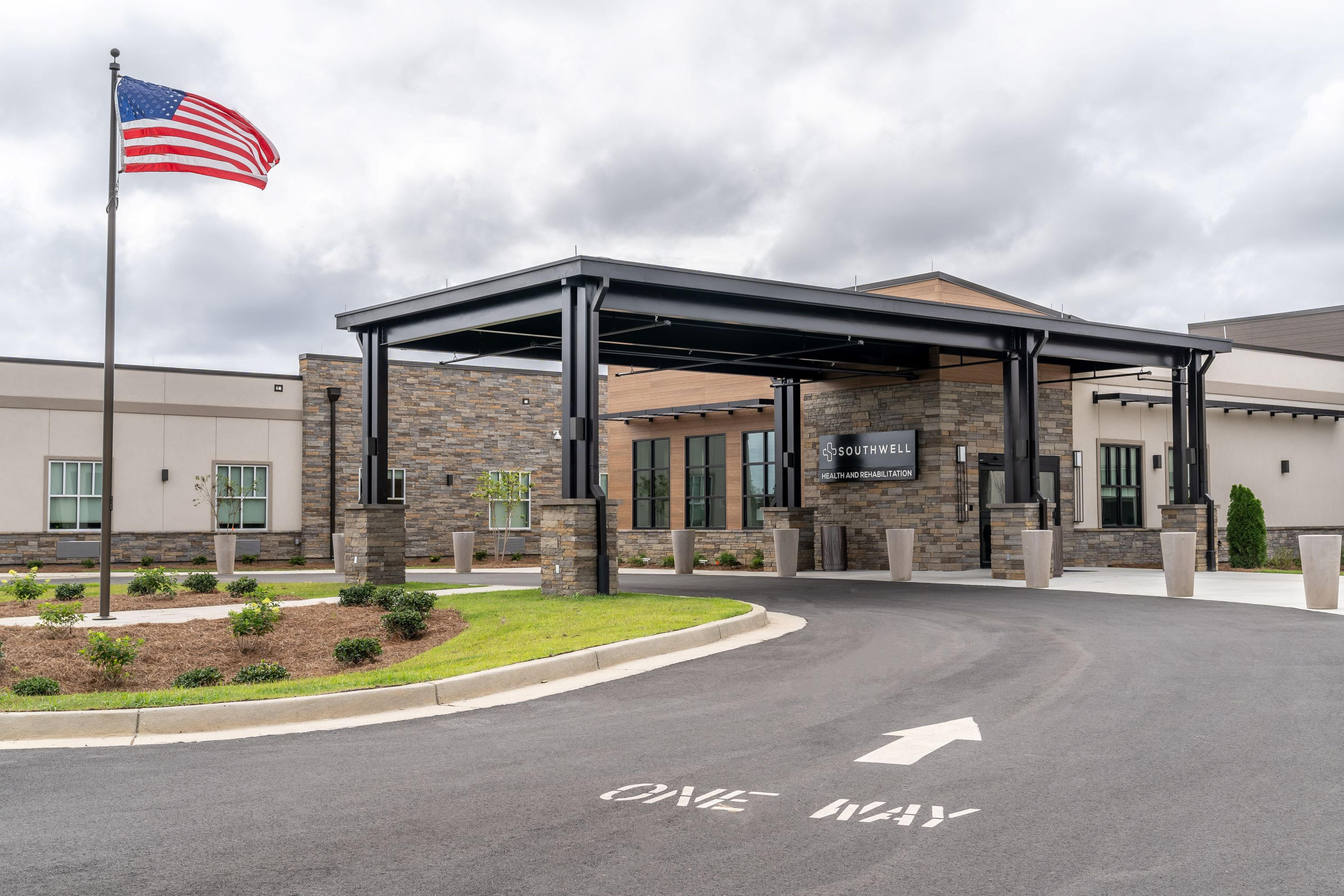NOLL: Walking silent landscapes of racism
Published 6:00 am Wednesday, June 23, 2021

- Dr. Michael G. Noll
It was a beautiful afternoon on Sept. 21, 2011, when I stood with my cultural geography students in a seemingly empty field on Sunset Hill cemetery. Every semester I take students there to discuss different burial traditions, to take a closer look at the iconography found on head stones, and to share a bit of local history.
Eventually we arrive at this area from the west, so they do not discover the memorial on its eastern side. Once the last stragglers join the group, I ask a simple question: why is there a large empty field in the middle of our cemetery?
Trending
In the more than two decades I have done this field trip, only three students knew the answer.
Then I ask them if they know who Mary Turner was, or Emmett Till, or Troy Davis? Most of the time they do not, and I let the silence sink in for a bit.
Then I ask if they know who Anne Frank was, and every single hand goes up, as it should.
While it can be assumed that the readership of The Valdosta Daily Times knows who Mary Turner and Emmett Till were, many likely have never heard of Troy Davis. That was the individual who was executed on Sept. 21, 2011, by a broken criminal justice system for the alleged murder of a Savannah police officer, even though eyewitnesses recanted their evidence, and even though he maintained his innocence to the last minute.
On the same day Troy Davis received a lethal injection to end his life, I was standing with my students in a seemingly empty field that was once the burial ground for the unknown slaves of Valdosta. And they did not know.
As a native German, I am not surprised by our society’s struggles to come to terms with our past. The country I still call home, even as I have put down roots in the U.S. in 1990, had to go through a similarly painful experience.
Trending
It is always easier to deny than to confront the darker chapters of one’s history. To pretend “we didn’t know.” To state “that was a long time ago.” Or to utter such foolish words as “I don’t see color.”
The latter only translates into the literal and metaphorical blindness many of us possess when it comes to the reality of racism. The former are examples of how we try to tell ourselves that this has nothing to do with us. But it does.
The racism found in our society is deeply rooted in our history of enslaving millions of God’s children. Slavery was even practiced by the founding fathers who enshrined in our Constitution that ”all men are created equal, that they are endowed by their Creator with certain unalienable rights, that among these are life, liberty and the pursuit of happiness.”
Yet for centuries these rights only applied to white men, and in many ways this still is true.
I recently learned that Thomas Jefferson enslaved more than 600 human beings during his lifetime and that he had a sexual relationship with one of them, Sally Hemmings. When that relationship started, Sally was 16 years old and over time Jefferson fathered several children with her … who then grew up as slaves. (For more information go to https://www.monticello.org/)
Slavery also was not that long ago if you realize, as Clint Smith did, “that the woman, who opened the National Museum of African American History and Culture alongside the Obama family in 2016 … was the daughter of an enslaved person.”
So even today, “there are people still alive … who loved, who were raised by, who knew, (and) who were in community with people who had been born into chattel slavery.” Hence the idea “that what our society and what our country looks like today would not be impacted by that, is both morally and intellectually disingenuous” (Clint Smith on NPR’s “Fresh Air” on June 1, 2021).
Likewise, it is morally and intellectually disingenuous that our community’s leadership has not yet found the courage to confront our own history of racial violence. Our cityscape is strewn with names honoring former slave-owners and even KKK leaders, while a Confederate monument still sits unquestioned in our courthouse square.
In February 2019, I wrote the column “Of strange fruits, forgotten names” to encourage our county’s leadership to honor the victims of racial violence by creating a memorial in the northeast corner of our courthouse square, inspired by the work of the Equal Justice Initiative in Montgomery, Ala.
The county’s leadership however found such a suggestion in “bad taste” and instead filled that corner with a memorial to the fallen law enforcement officers of Lowndes County. And a work crew, made up of black prisoners, prepared the grounds for it.
Then, in July 2019, I wrote the column “Not seeing the forest for the trees” to provide background to the “Forrest Street” controversy, while suggesting possible solutions.
Our city’s leadership however remained silent and instead efforts to rename the street saw new obstacles emerge.
Since 2019 though a lot has changed, and the murder of George Floyd has become a catalyst for a reckoning in our country. Some may still prefer to sweep the truth under a rug, but we are finally seeing progress in telling the whole story of what places like Stone Mountain Park and Jefferson’s Monticello are about. The same must be done with our cityscape, so that our community can finally heal and come together.
If you put our Confederate monument and Forrest Street into their historical context, there can be no doubt what they are about.
In the early days of our city’s history, names given to streets were either inspired by natural features or by people of importance. Thus, we see a Magnolia Street, a Cyprus Street, and a Forest Street on maps and in city directories, just as names like Ashley, Patterson and Lee show up.
In 1911, almost a half century after the Civil War and in the middle of the Jim Crow era, the United Daughters of the Confederacy put up a Confederate monument in our courthouse square. This was not really about the commemoration of lives lost but about perpetuating the myth of “The Lost Cause” and about reasserting white supremacy and the values that came with it.
In 1915, inspired by Thomas Dixon’s novel, “The Clansmen,” D.W. Griffith produced the film “The Birth of a Nation” which portrayed emancipated slaves as heathens, which glorified the Ku Klux Klan, and which even justified its actions.
As a result of Griffith’s blockbuster, the KKK, which was founded by former Confederate soldiers in 1865 and whose first grand wizard was Nathan Bedford Forrest, experienced a revival.
In 1918, Georgia saw one of its worst episodes of racial violence in what is known as the Georgia lynching rampage. This was also the year Mary Turner, her unborn child, and her husband were killed.
In 1921, the Tulsa Race Massacre in Oklahoma happened.
There is also evidence for KKK gatherings in Valdosta in the 1920s. In the Georgia Archives at the University of Georgia you can find an image from 1922 which shows one of their open-air ceremonies in front of a burning cross. Displayed behind the crowd is an advertisement by Briggs clothing store which provided their outfits. This clothing store belonged to M.A. Briggs who served as Valdosta’s mayor from 1904 until 1906.
In 1923, only two hours south of Valdosta, the Rosewood Massacre in Florida happened. And at some point in the late 1920s, the name of Forest Street changed to Forrest Street.
Although the Depression and World War II saw activities by the KKK subside, its membership grows again in response to the Civil Rights movement in the 1950s.
Then in 1956 legislators in Atlanta decided to change our state flag in defiance of the Brown vs. Board of Education decision by substituting the Confederate battle flag for the red and white bars that had been on it since the 1860s.
It is simply unacceptable that we still have names in our cityscape honoring former members and leaders of an organization Congress already saw for what it is, a domestic terrorist organization, when it passed the Ku Klux Klan Act of 1871.
How can we even pledge allegiance to our flag when our nation does not really provide liberty and justice for all?
We are not defined by the actions of our ancestors, but by the lessons we learn from our past, and by our ability to face the truth.
I wholeheartedly believe that when the day arrives and we finally take our pledge of allegiance seriously, we may find the true meaning of an Independence Day as we liberate ourselves from the burdens of a dark past so we may look forward to a brighter future.
Michael G. Noll is with the Valdosta Coalition for Peace and Justice.





